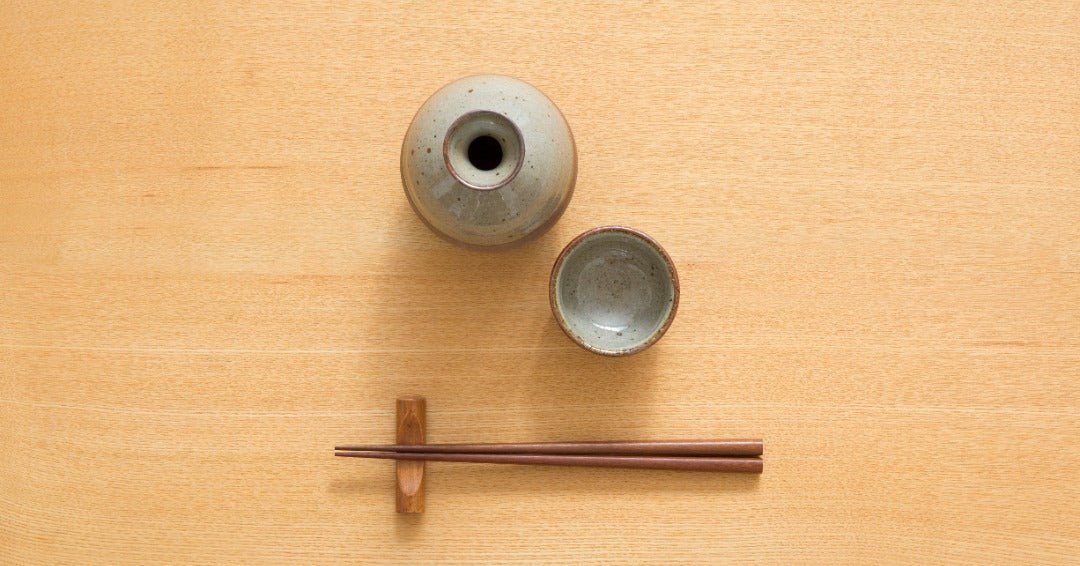If you've ever dined at a Japanese, Korean, or Chinese restaurant, you may have noticed the unique differences in chopsticks used in each cuisine. Despite their similar appearance, chopsticks vary significantly in length, shape, and material across these Asian cultures.
🇯🇵 Japan
In Japan, chopsticks are shorter with a pointed end and are usually made of wood or bamboo. They are often adorned with intricate designs and are held closer to the tip for more precise control.
🇰🇷 Korea
On the other hand, in Korea, metal chopsticks are common and are longer and thicker than Japanese chopsticks. They are ideal for picking up sizzling hot meat from the grill at the Korean BBQ table. Korean chopsticks are held closer to the middle for more stability.
🇨🇳 China
In China, chopsticks are generally longer than Japanese chopsticks but shorter than Korean chopsticks. They are usually made of wood, bamboo, plastic, or metal, with a blunt end, and may have a variety of patterns or designs.
These differences in chopsticks reflect the unique cultural and culinary traditions of each region. It's fascinating to learn about them and to appreciate the beauty in the smallest things.
Did you know that chopsticks were first introduced to Japan from China, where they were placed horizontally? Japan adopted the same way, but in other Asian countries, people started placing chopsticks vertically like knives and forks. In Japan, they continued to use the horizontal placement that came from China because they didn't have much contact with the outside world. Today, Japan is the only country where chopsticks are placed horizontally, which is interesting and unique!
The differences in chopsticks across these three Asian cultures are not just about aesthetics, but they also reflect the unique cultural and culinary traditions of each region. Next time you dine at a Japanese, Korean, or Chinese restaurant, take a closer look at the chopsticks and appreciate the cultural significance behind them.
We hope you enjoyed learning about the cultural significance behind Japanese, Korean, and Chinese chopsticks! Do you have any interesting experiences or observations about chopsticks to share? We'd love to hear your thoughts in the comments section below.


Leave a comment